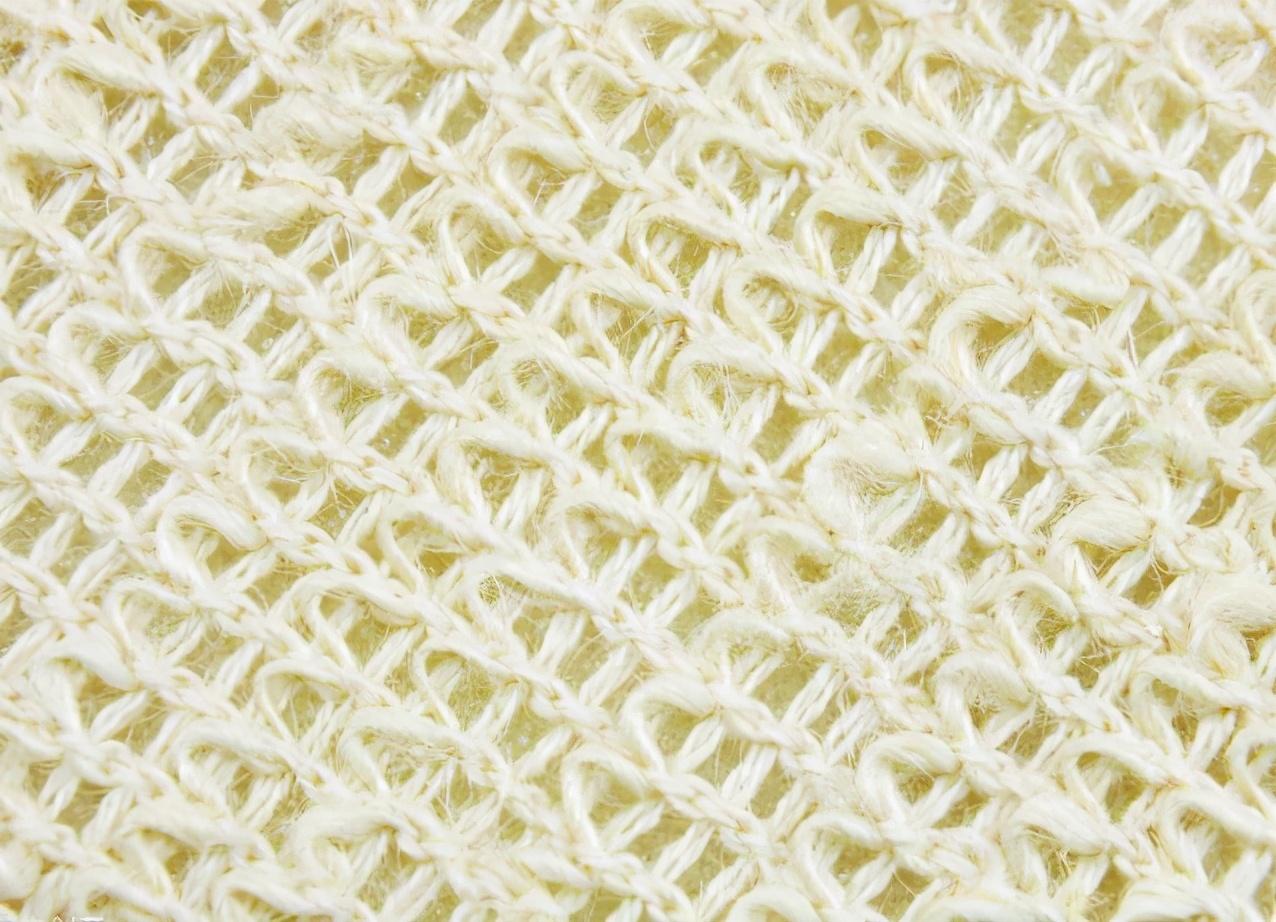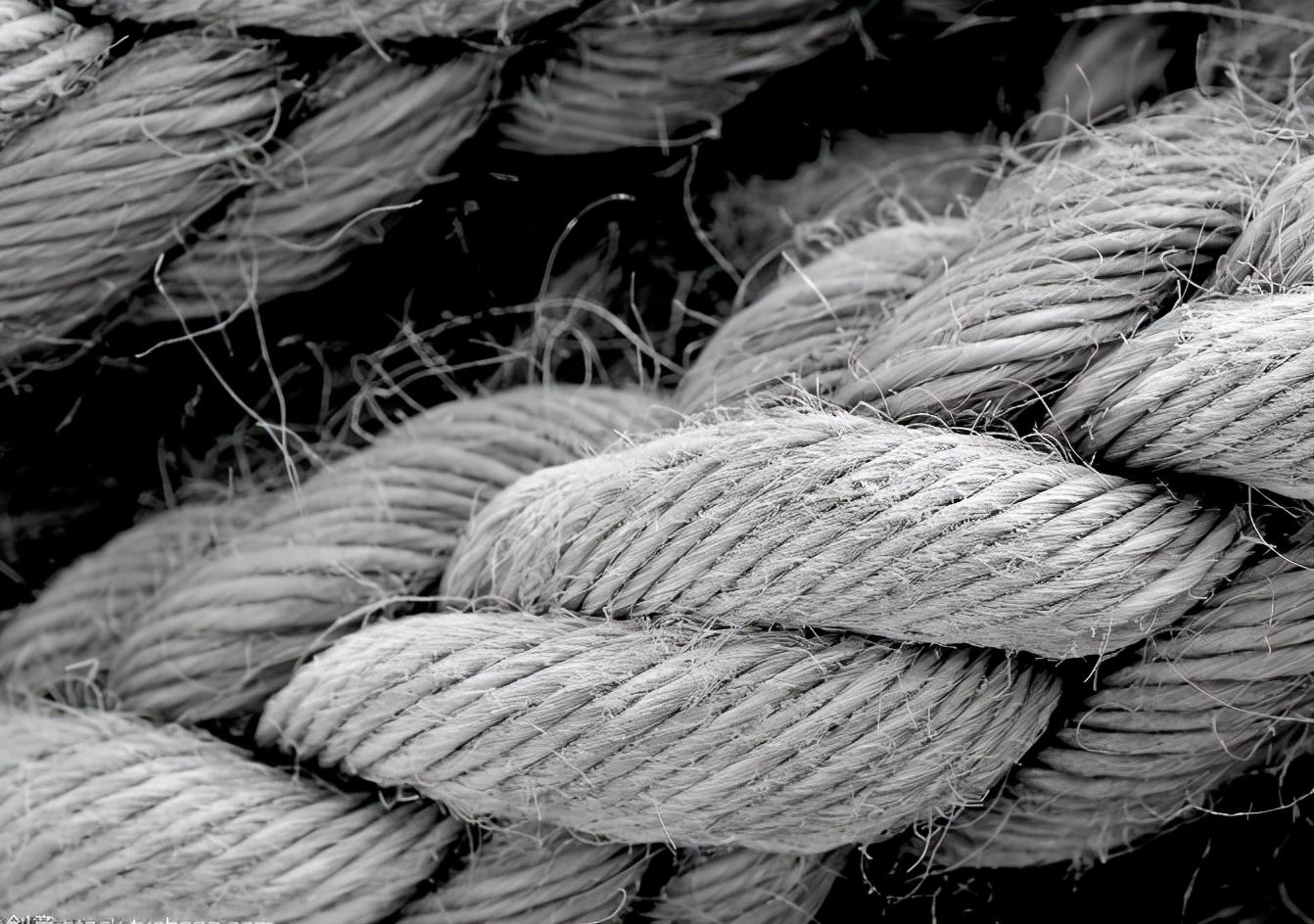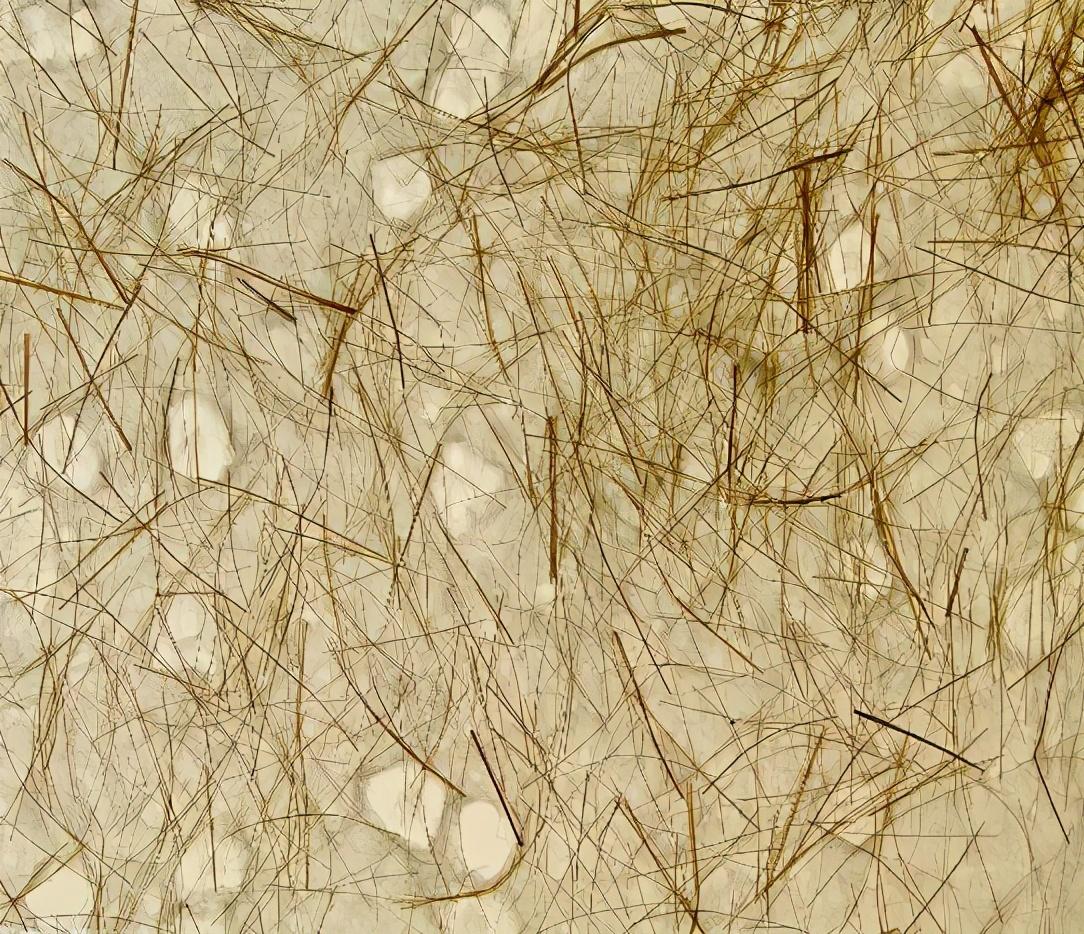In recent years, due to the excellent properties of hemp fiber such as ecological environmental protection, mildew resistance and sterilization, various hemp fiber textiles or hemp fiber-containing textiles are increasingly on the market.
Hemp fiber refers to the fiber obtained from the stems, leaves and leaf sheaths of hemp plants that can be used for textiles. my country is rich in hemp fiber resources, among which ramie production ranks first in the world.
Currently, there are many types of hemp fiber on the market, which are divided into two types: stem fiber and leaf fiber.
Stem fiber is located in the phloem of the stem, so it is also called bast fiber. Bast fibers mainly include ramie, flax, jute, kenaf (also known as kenaf), hemp, ramie, etc.
Among them, ramie and flax are of higher quality and are the main hemp fibers used for textiles.
Jute and hemp are hard in texture and are suitable for making sacks and ropes.
Another type of hemp fiber obtained from leaves, such as sisal, abaca, etc., is not suitable for use as raw materials for edible textiles due to its rough texture. But it has high toughness and strong water resistance, and is used for making fishing nets, ropes, etc.

Let’s take a detailed look at the common types of hemp fibers.
Flax, also known as flax and flax, can be divided into three categories: fiber, oil and fiber and oil. They are all annual herbs.
Flax fiber exists in the phloem tissue of the flax stem. After retting and degumming, part of the gum is removed, so that the adherent fiber bundles are partially loosened
p style=”text-align: left;”>Powdered, and then rolled and beaten into “beaten linen”, which is a craft fiber composed of 10 to 20 single fibers.
Due to its good hygroscopicity, fast moisture conduction, and relatively thin diameter, it is one of the main fiber raw materials for summer clothes.
Ramie is native to China and is known as “Chinese grass”. It is a perennial herb that can be harvested three times a year. Two hemp, three hemp.
The quality of hemp varies each time it is harvested. The first hemp is the finest, the third hemp is the second, and the second hemp is the thickest.
Therefore, the diameter of ramie varies greatly between samples under the microscope.

Cannabis is also known as hemp and hemp. It rarely suffers insect damage during growth and placement, which is very unique.
The fineness and length of hemp single fibers are comparable to those of linen, so craft fibers are also needed for spinning.
According to existing experience, hemp fibers and products are softer and less irritating, which is related to the softness of the colloid between fibers and the fiber itself.

Jute, bast fiber crop, annual herb. Also known as Luoma and Green Ma.
Jute fiber has the characteristics of good hygroscopicity and rapid moisture loss, and is mainly used for textile sacks and burlap.
Sisal is a common plant of the genus Agave. It is a perennial leaf fiber crop. It is also the most widely used and widely used hard material in the world today. fiber.
It can be widely used in various specifications of ropes required for fishing, navigation, industry, mining, transportation, etc., and is rarely used in clothing fabrics.







